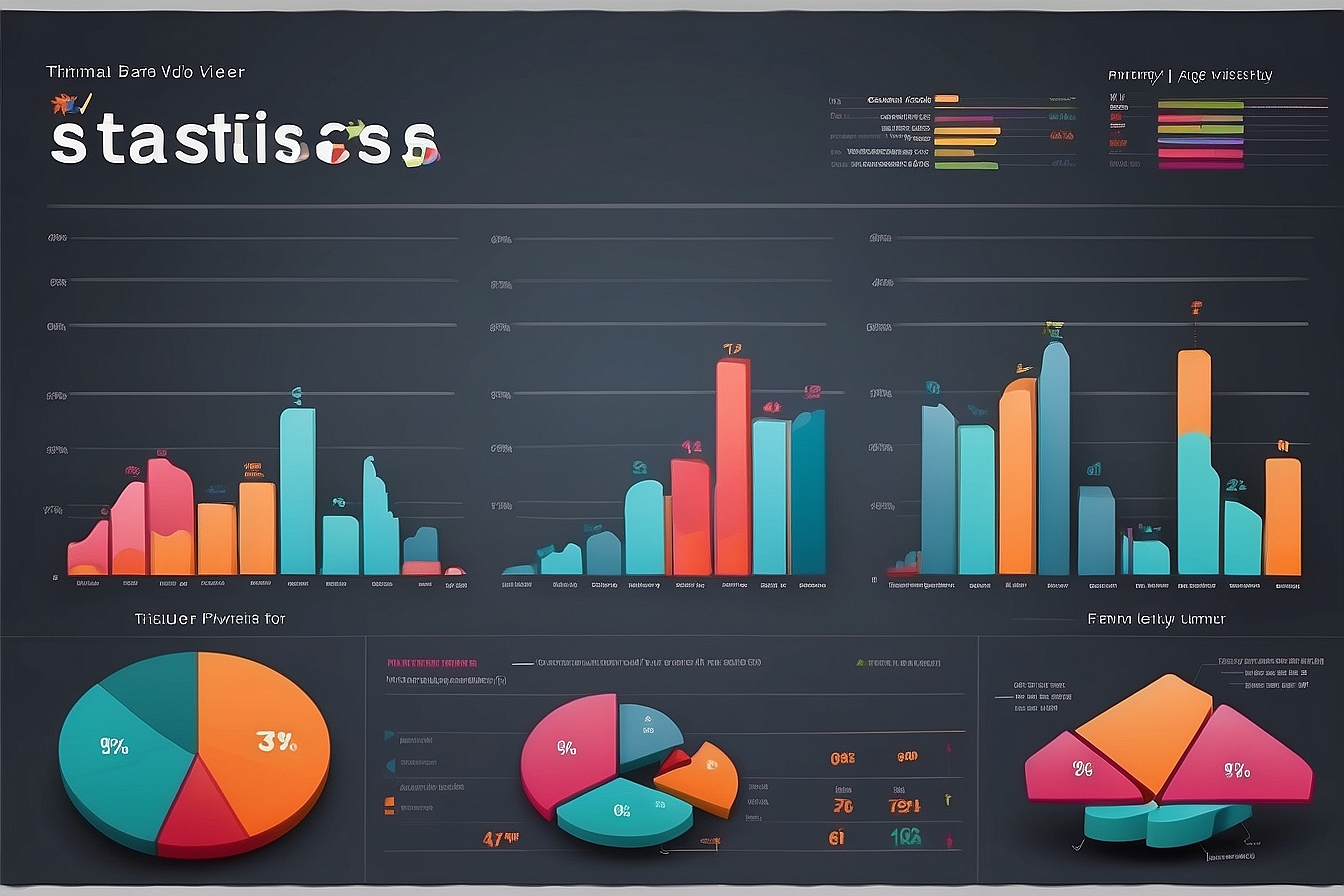Asking the right technical SEO questions during an SEO audit ensures that every aspect of a website is optimized for search engines. Frequently, SEO audits investigate crawlability issues, robots.txt optimization, and XML sitemap errors. Conducting a thorough audit reveals the performance barriers impacting web rankings, resulting in greater online visibility.
Table of Contents
- Understanding Website Crawlability and Indexing
- Ensure Smooth Crawlability with Robots.txt Management
- Optimizing XML Sitemaps for Effective SEO Questions
- What is the Impact of Incorrect XML Sitemap Formatting?
- Enhancing SEO with Schema Markup and Structured Data
- Implementing Schema Markup for E-Commerce Websites
- Security and HTTPS Considerations in Technical SEO Audit
- How Does Website Security Affect Search Engine Rankings?
- Leveraging Technical SEO Tools for Performance Tracking
- What Are the Metrics to Track in Semrush Technical Audits?
Key Takeaways
- Technical SEO audits ask critical questions about improving website crawlability and indexing for better search engine performance.
- Website crawlability directly affects SEO rankings and can be enhanced using tools like Google Search Console and index coverage reports.
- Optimizing robots.txt files with correct directives and user-agent specifications helps maintain effective search engine indexing.
- XML sitemaps influence search engine rankings and should be updated frequently to avoid errors that affect indexing.
- Faulty XML sitemap formatting can negatively impact SEO and should follow sitemap protocol standards, including correct URL entries.
- Effective sitemap submission involves using tools to resolve sitemap errors and maintaining proper XML versus HTML sitemap usage.
- Matrics Rule specializes in addressing the 10 Technical SEO Questions during SEO audits, ensuring optimal results for clients.
Understanding Website Crawlability and Indexing
Various tools can improve website crawlability, such as Google Search Console, which offers insights on crawl budget optimization and crawler access. In my experience, crawlability issues can lead to reduced SEO effectiveness, negatively impacting a website’s search engine ranking due to inefficient crawl budget usage. Indexing factors vary but commonly include URL structure improvement, robots.txt file management, and how sitemap submission is handled to address search engine indexing issues. For website crawlability, a sitemap plays a pivotal role by ensuring proper URL indexing through regular sitemap submission and thorough index coverage reporting.
Ensure Smooth Crawlability with Robots.txt Management
Optimizing a robots.txt file involves using precise file settings that dictate crawler access, which is essential for effective SEO. A poorly configured robots.txt file can prevent important web pages from being indexed, causing a drop in website traffic despite efforts to improve content. Tools like Google Search Console analyze robots.txt file settings, ensuring that search engine bots correctly interpret user-agent specifications and disallow directives. Typically, robots.txt files use two to four directives, focusing on file optimization practices to avoid search engine indexing errors and support the robots exclusion protocol effectively.
Optimizing XML Sitemaps for Effective SEO Questions
XML sitemap updates should occur whenever new URLs are added or old ones change, ideally syncing with website updates to ensure search engine relevance. In practice, common XML sitemap errors, such as missing or incorrect URLs, can significantly hinder search engine ranking influence and jeopardize web page indexing. Search engines can use XML sitemaps to enhance rankings by discovering and indexing new URLs faster than relying solely on web crawlers. While both XML and HTML sitemaps help in navigation, XML sitemaps focus on search engines, following specific protocol standards, whereas HTML sitemaps often guide visitors.
What is the Impact of Incorrect XML Sitemap Formatting?
Common XML sitemap formatting errors include using incorrect URL entries or not adhering to proper structure guidelines, which may cause ineffective search engine processing. An improperly structured sitemap can lead to poor SEO results as search engines struggle to validate and index essential web pages. XML sitemap validation requires elements such as

- Faster pages improve user experience.
- Proper site structure boosts search visibility.
- Mobile-friendly design attracts more users.
- Secure HTTPS protocol protects data.
- Good meta tags enhance content understanding.
- Optimized images load quickly.
- Clean URLs help users navigate easily.

Comparison of Key Aspects in a 10-Point Technical SEO Audit
| Question | Importance(1-10) | Time(min) | Tools | Impact | Frequency |
|---|---|---|---|---|---|
| Site Speed | 9 | 15 | GTmetrix | High | Monthly |
| Mobile Usability | 8 | 20 | PageSpeed | High | Quarterly |
| URL Structure | 7 | 10 | Screaming Frog | Medium | Semiannual |
| HTTPS Status | 8 | 5 | SSL Checker | High | Annual |
| XML Sitemap | 7 | 8 | Google Search | Medium | Monthly |
| Robots.txt | 6 | 7 | Google Search | Medium | Quarterly |
Enhancing SEO with Schema Markup and Structured Data
Structured data implementation helps improve website crawlability by providing search engines with valuable context about content. Schema markup tools, like Google’s Structured Data Markup Helper, enhance this process by generating rich snippets that improve click-through rates by up to 30%. Website crawlability issues can impact SEO by making it difficult for search engines to understand site content effectively, leading to lower rankings. Factors affecting indexing include duplicate content, crawl budget limitations, and server errors, which can be managed with schema validation tools like Structured Data Testing Tool. A sitemap in XML or HTML format guides search engines to essential web pages, enhancing website crawlability by highlighting content types ready for schema integration. Leading brands like Microsoft and Amazon have utilized structured data for improved SEO performance improvement.
Implementing Schema Markup for E-Commerce Websites
E-commerce schema types, including product and offer schemas, optimize robots.txt file configurations by allowing search engines to access essential pages while blocking less important ones. Poorly configured robots.txt files can prevent indexing of key pages, potentially reducing product visibility by up to 20%. Tools like SEO Site Checkup help analyze and optimize robots.txt settings, ensuring no critical content is inadvertently blocked. Common directives used in robots.txt files, such as Disallow, Allow, and Site Map, guide search engines in navigating e-commerce website structures. Incorporating JSON-LD for e-commerce enhances schema attributes for products, aligning with e-commerce markup standards used by online giants like eBay for clearer structured data categories.
Security and HTTPS Considerations in Technical SEO Audit
Switching to HTTPS impacts SEO positively by enhancing trust and security measures on websites. Approximately 80% of web browsers display a “Not Secure” warning for HTTP sites, affecting perceived trustworthiness. An SSL certificate plays a crucial role in establishing trustworthiness, as it encrypts data and boosts user confidence, potentially increasing site traffic by up to 32%. Website security tools, such as Qualys SSL Labs, identify security vulnerabilities, with SSL/TLS error resolution crucial for maintaining secure connections. Common SSL/TLS errors, like mixed content issues or outdated protocols, undermine security vulnerability assessment efforts, making HTTPS migration effects essential. Large platforms like Facebook ensure robust encryption standards, supporting technical SEO security measures.
How Does Website Security Affect Search Engine Rankings?
Search engines prioritize secure sites through higher rankings, using HTTPS ranking factors as indicators of trust. Security issues like malware or phishing can negatively impact SEO, decreasing search engine visibility by approximately 10%. Secure site features, such as regular security audits and updated software, ensure optimal performance and protect against potential threats. At least four common security protocols, including HTTPS, TLS, firewalls, and regular backups, should be implemented to bolster a site’s defense systems. These website vulnerability solutions are critical for maintaining search engine security priorities. Using these methods, prominent sites like PayPal maintain high rankings by addressing SEO impact of security issues effectively.

- Over 50% of users skip slow sites.
- Correct sitemap can improve indexing by 38%.
- 43% of users browse on mobile devices.
- SSL certificates are used by 95% of sites.
- 80% of top sites have optimized titles.
- Image compression increases speed by 25%.
- 90% of users prefer clear URLs.
- Technical SEO Myths Debunked What Experts Don’t Tell You
- Technical SEO vs SEO Interview Skills Which to Master in 2025
- A Comprehensive Technical SEO Interview Guide for Beginners
- Surprising Technical SEO Factors That Affect Online Reputation
- Technical SEO Tips to Boost Your Website’s Mobile Performance

Leveraging Technical SEO Tools for Performance Tracking
I find tools like Google Analytics, Semrush, and Screaming Frog are indispensable for SEO performance analysis. These SEO performance analysis tools provide detailed data on web page speed and crawlability, enabling more precise audit workflow integration. Implementing these tools, I focus primarily on critical SEO metrics like page load time and crawl errors to identify and rectify technical issues. Semrush technical analysis stands out with unique features, including comprehensive site audit reports, setting it apart in tool feature comparison. The performance tracking advantages these tools offer can significantly enhance SEO outcomes during audits.
What Are the Metrics to Track in Semrush Technical Audits?
In my experience, Semrush’s technical audit metrics such as site health percentage and crawlability score are crucial for SEO success. These website performance tracking metrics help identify areas that need optimization to boost rankings. Semrush SEO insights provide detailed information on issues like broken links and duplicate content, offering solutions for better technical SEO monitoring. Generally, Semrush recommends monitoring about ten core metric recommendations for comprehensive audit prioritization features, aiding users in tracking performance indicators effectively with Semrush analysis tools.
